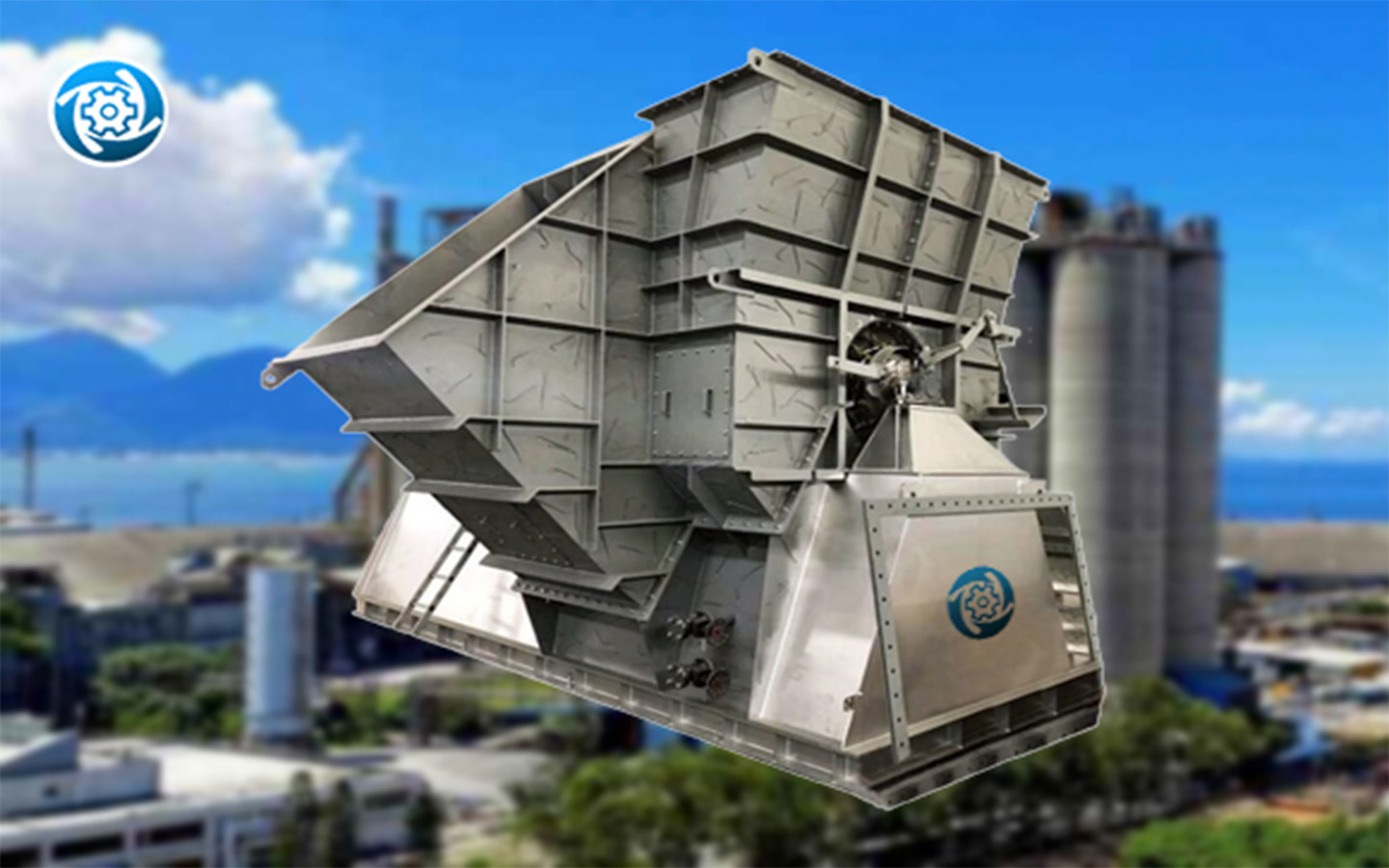


The fan coil unit is noisy, should these be the problems? As one of the main supporting forms of the central air-conditioning host product, the fan coil unit is still widely used as a classic model combined with the fresh air system. Due to the... read more
As a supplier in international trade, it’s important to meet certain requirements to ensure a successful and productive partnership with buyers. One crucial requirement is the ability to consistently provide high-quality products. This means having strict quality control measures in place to ensure that all... read more
When considering the purchase of our mechanical equipment, such as Centrifugal Fan Blowers, Mine Fans, Tunnel Fans, AHUs (Air Handling Units), and HVAC (Heating, Ventilation, and Air Conditioning) Systems, you can rest assured that our products undergo rigorous vibration testing before leaving our factory.... read more
We are delighted to announce Decent Machinery successful collaboration with gold mine in Vietnam for their ventilation main fan project, establishing a long-term partnership. Vietnam has always been a highly regarded market for Decent Machinery, and this year we have secured a significant project... read more
The Forced Draft Fan, as its name suggests, is designed to force air into a furnace, boiler or any other combustion chamber. This type of fan is used in industrial applications where high air pressure is required to maintain efficient combustion. The Forced Draft... read more
Dust generation is a common problem in the construction and renovation waste disposal industry. Understanding the cause of dust is the first step to developing effective solutions. During the processing of construction and decoration waste, the entry and exit of transport vehicles and the dumping... read more
With the increasing awareness of environmental protection, how to achieve efficient dust removal operations in various workplaces, especially solid waste sites and mining sites, has become the focus of our attention. As a leading supplier of environmental protection equipment, Zibo Decent Machinery Company Limited’s... read more
1.There are so many brands of new air conditioners, exactly how to choose? Modern families will consider the quality of indoor air when decorating, and naturally will consider the new air system. So when choosing a new air system, the many brands to choose which... read more
The multi-stage centrifugal blower manufactured by Zibo Decent Machinery Co., Ltd. is defined by its unique design of the main unit, accessories, and supports. The accessories incorporate several parts such as elbows, mufflers, filters, general-purpose wire mesh filters, and low- to mid-range filters that... read more
Jasmine’s Third Anniversary Sales manager Miss. Jasmine from Awaken Department spent three years in DECENT MACHINERY. DECENT MACHINERY always says: “THANKS FOR CHOOSING DECENT MACHINERY AS YOUR PARTNER. ” DECENT MACHINERY always accepts the wise men and gives everyone a chance for self-expression. Happy Anniversary!!! read more
 English |
English |  Deutsch |
Deutsch |  Français |
Français |  Español |
Español |  Italiano |
Italiano |  Português |
Português |  Pусский | China(+86)-0533-5201284;
Singapore(+65)-31632969; Hongkong(+852)-6850 6007 [email protected]
Pусский | China(+86)-0533-5201284;
Singapore(+65)-31632969; Hongkong(+852)-6850 6007 [email protected]

